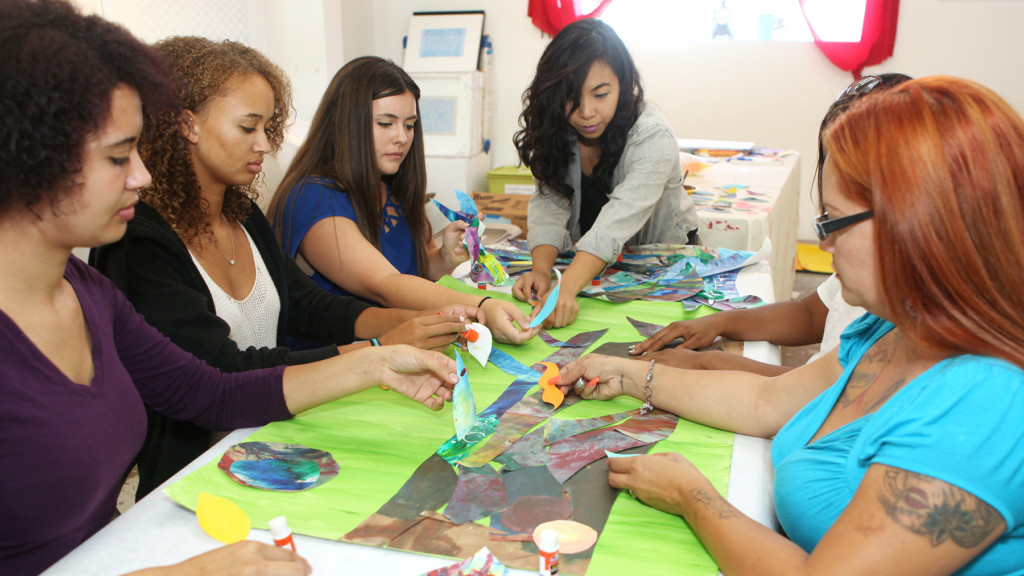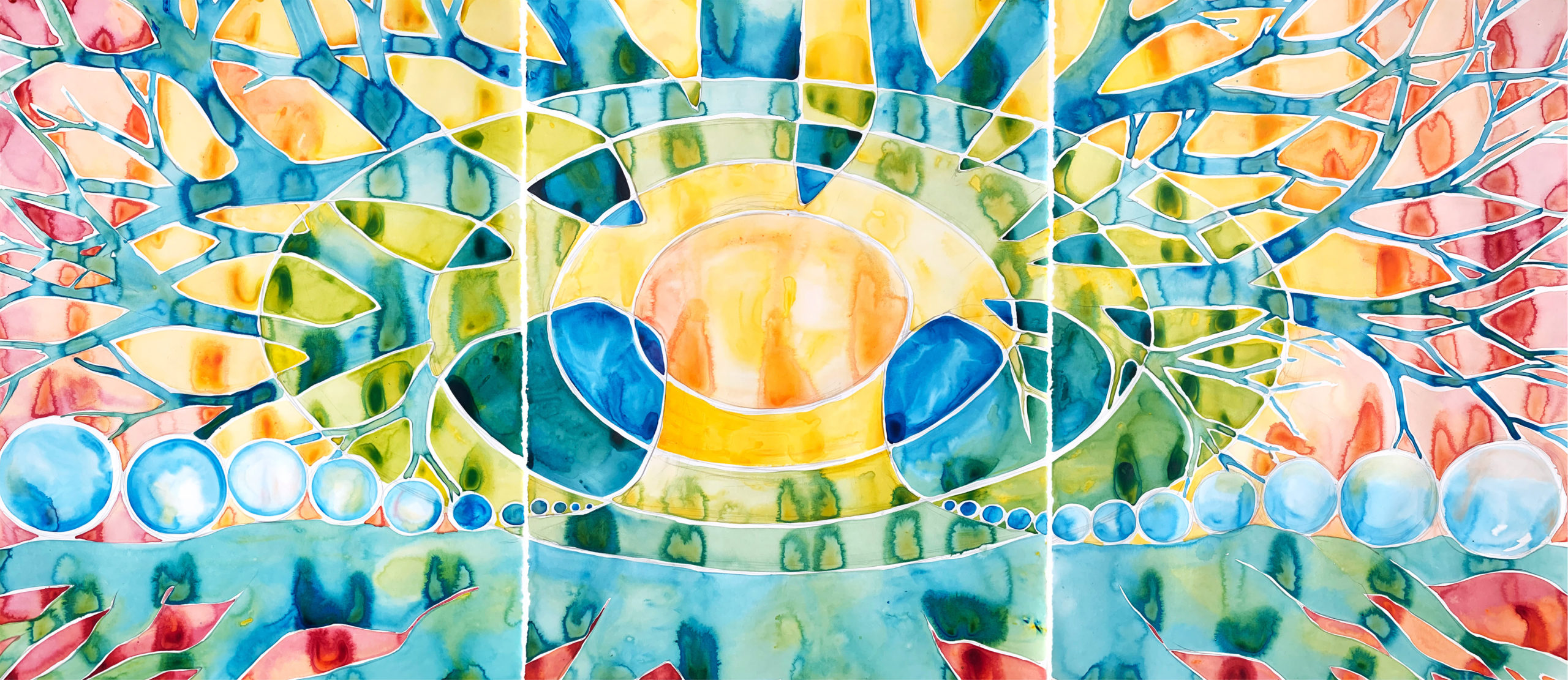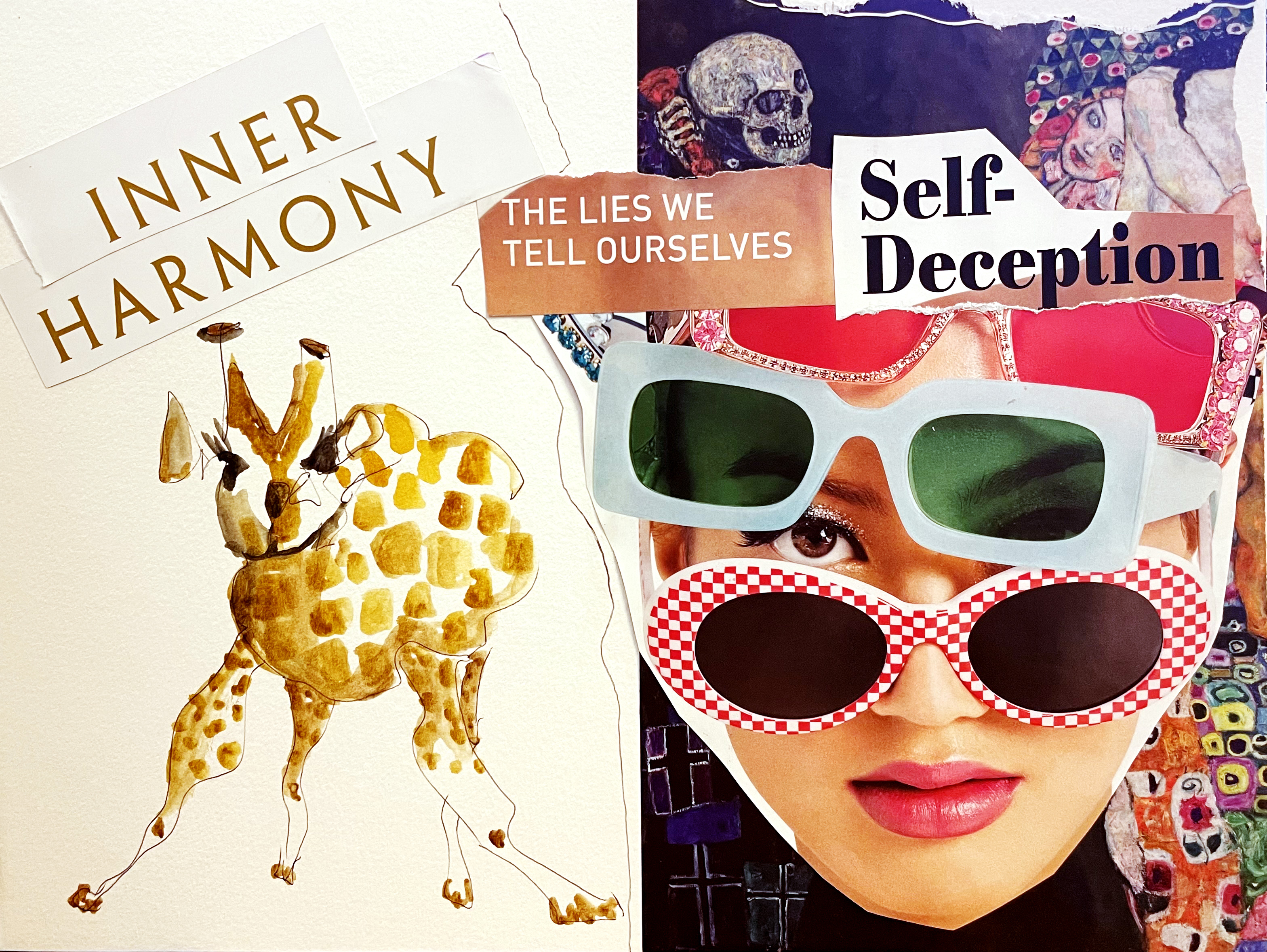Have you ever watched To Catch a Thief? John “The Cat” Robie, a retired jewel thief played by a suave and deeply tanned Cary Grant, evades authorities who think he’s come out of retirement, while trying to capture the actual burglar who has begun copying his old methods.
Up until quite recently, when I’d think of the word imposter, I’d think of this movie, among others — wherein the characters’ main dishes of intentionally deceiving others were portrayed with sides of glamour, intrigue, and far-off travel.
Often, we become so mired in the feelings that arise about feeling inadequate, that we turn away from them, rather than exploring more deeply and determining what’s actually real and what’s not.
These days, however, the idea of being an imposter is anything but glamorous or intriguing. Now, being an imposter fills us with the anxiety and fear that we will be found out for what we try so hard to be but feel we are not, despite our best efforts or years of education and experience.
“Imposter syndrome” is defined as a psychological pattern in which an individual doubts their skills, talents, or accomplishments and has a persistent internalized fear of being exposed as a “fraud.” The imposter of today agonizes over the mere possibility of not being who they portray themselves to be. On the other hand, the imposter from those old movies I adore may even embrace the actual definition of “imposter”: a person who pretends to be someone else, in order to deceive others, especially for fraudulent gain.
However, those of us who have ever identified as “imposters” (of the syndrome variety) are not intentionally deceiving others. We just feel like we don’t know what we’re doing, and we subsequently assign guilt to those feelings of ineptitude.
Perhaps the best antidote for dealing with imposter syndrome is to look at it in the face and see what it has to say. I’ve found that, often, we become so mired in the feelings that arise about feeling inadequate, that we turn away from them, rather than exploring more deeply and determining what’s actually real and what’s not.
Here’s a list of different ideas that may be alternative truths to the lies of either being an imposter or feeling like one. Try them on for size, and see if one or more fit. Maybe none of them do. Maybe it spurs you to come up with your own alternative to (what I know is) the false narrative that you are a fraud.
- Who told you that [insert the thing about which you’re feeling incompetent] was the right way, the way that you’re so hard pressed to emulate? What if that person was actually… wrong?
- Speaking of which, there’s nothing wrong with being wrong! It’s how we learn and grow.
- There’s a fine line between faking it till you make it, and being an imposter. Remember, one is about striving, and the other is about deceiving.
- That being said, return to the middle way. You don’t have to be either only a fraud or only the most learned individual on the planet. You don’t have to be the most confident inside and out, or the least. Both can be harmful to our mental and emotional health. As they say, everything in moderation.
- Which voice will you listen to? Just as sure as there is an imposter voice, there are many others from which to choose. You don’t have to remain loyal to the imposter!
- If being an imposter is a way of lying to ourselves and/or others, stop lying. So you’re not “as good as…” Okay… And? Then start from there, from those feelings that you’re not yet good enough. Grow! Become “as good as,” or just “good,” or just be. Giraffes are born walking. We aren’t. We learn how.
- Imposter syndrome is, in a nutshell, fear-based. The opposite of fear is love. Go towards love.
- Lastly, here’s a poem my former art therapy supervisor sent me:
Don’t Fake It Till
You Make It.
That’s Garbage Advice.
Face It Till You Make It.
Get Up. Work Hard. Fail.
Stand Back Up.
Face It Again.
Do A Little Better.
Fail Again.
Get Back Up.
Repeat.
I invite you to take any one of these ideas that calls to you, and create art in response to it. Perhaps you’d like to utilize the Facing Imposter Syndrome worksheet I made as a creative way to work through these feelings when they arise. Even in your art making process, notice when feelings of “good enough” (or not) come up. Honor those feelings and incorporate them into what you make. Then, when you’re done, stand back, take a look, and see that you created exactly what was meant to be.
I had initially intended to create a watercolor painting depicting my interpretation of idea 6. It was to be a baby giraffe, walking on wobbly legs, juxtaposed with a baby human, crawling along with no experience or knowledge (and thus no expectation) of how to walk. (This was my idea of the end result, to which I quickly became attached.)
What ended up happening, naturally, was that I very strongly disliked how the baby turned out, so I pasted a collage over it. The humorous irony in this very act is certainly not lost on me. I painted something, deemed it “not good enough,” and proceeded to cover it up as if it never happened. And truly, you’d never know if I hadn’t said anything. I suppose that’s why I pasted the labels of “lies” and “self-deception” over the collage; it was my way of reminding myself that I was hiding something I made with something “better,” my way of being honest with myself, even if I ended up being less honest with you. There’s a lot of stuff (i.e., imagery) going on to cloak my “mistake,” which is what I think often happens. The cover-up becomes far more elaborate than what’s being hidden.
But it all worked out. I acknowledged that the baby wasn’t “as good as” I wanted it to be. I didn’t lie to myself about it. Then I made a conscious decision to pivot. Out of my feelings of artist inadequacy, I grew a collage. As a result, my art ended up being more pleasing to my eye and a truer depiction into my process of leaning into my own feelings of phoniness. The “inner harmony” is in the wobbliness. And all is well!
Sharon B. Uy, LMFT, ATR
Windows Facilitator & Workshop Author
Los Angeles, California
Download the accompanying Facing Imposter Syndrome worksheet created by the author!
Facing Imposter Syndrome Worksheet
Want to utilize art to help people turn toward their feelings, rather than away from them?
Attend a Training
A Window Between Worlds (AWBW) supports hundreds of direct service organizations across the country to incorporate creative expression into their work with trauma survivors. With this blog we uplift the voices of our art workshop facilitators and participants. We invite you to take in this perspective, notice what resonates and explore how it may fit into your life.





